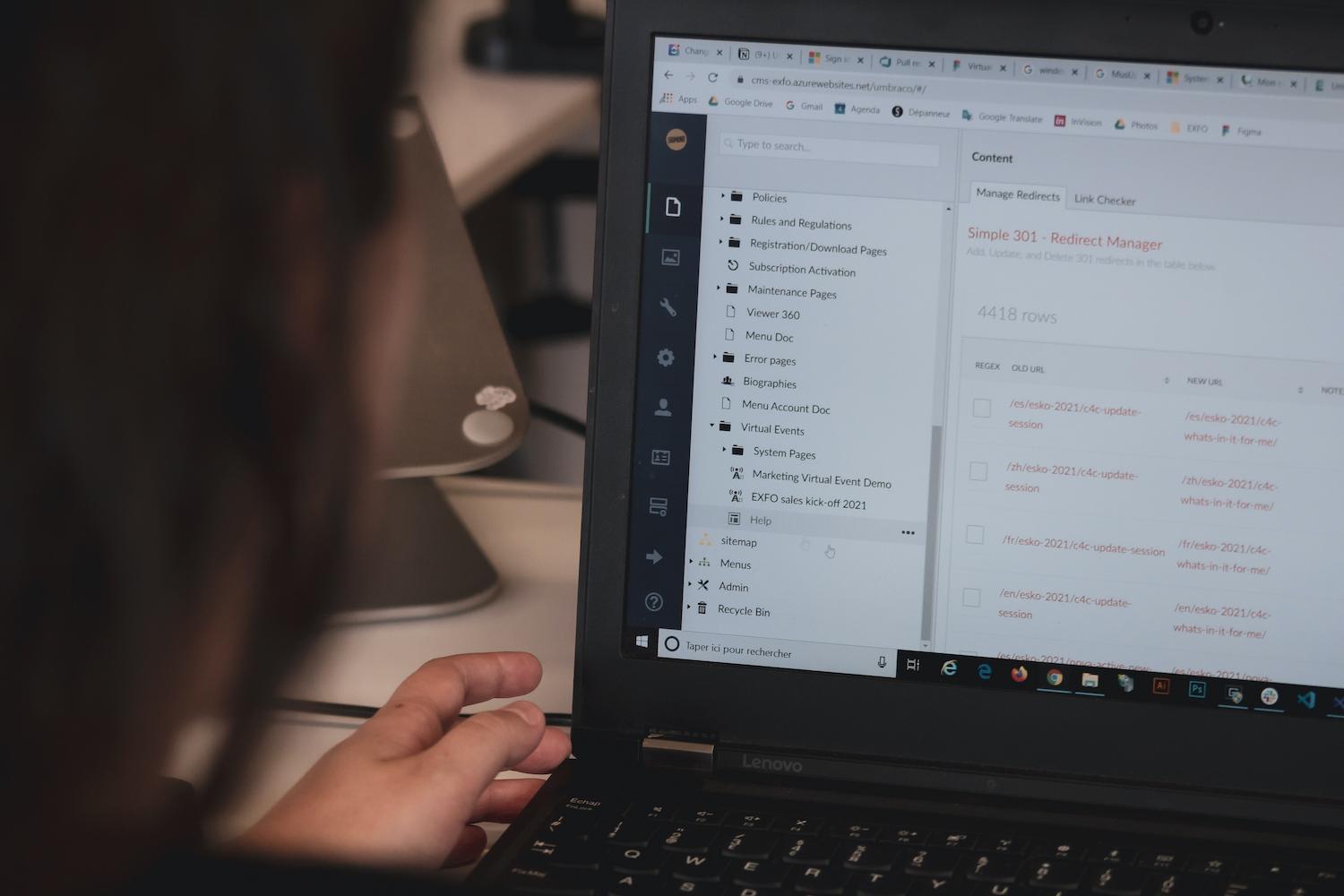If avoiding security takedown isn’t at the top of your business list in 2020, it’s time to re-prioritize.
As technology continues to advance exponentially, each day brings with it a new threat to your sensitive data and infrastructure. Improving cybersecurity starts with the protection of your servers, both internal and external, is one way to avoid a security takedown.
Here are a few more ways you can improve your infrastructure to make it more secure.
Use an Access Rights Manager
Access rights determine not only who can access your network, but what permissions they have once they’re logged in. For example, while all of your accounting team might be able to access transactions within your software, only one or two people might have the ability to enter transactions while someone else is able to approve and post them to the system.
Implementing an Access Rights Manager allows you to control who can do what in your network. Taking this step not only helps you avoid security takedown, but will also protect your assets, keep your employees safe, and help you remain in compliance with regulatory bodies. No one should have an all-access pass to your private information and data stored on your servers.
Educate Your People
In addition to having protective measures put in place via an access rights manager, take the time to educate your people about the importance of protecting your infrastructure. Don’t just give them the policy to read and sign when they’re doing their onboarding with HR; take the time to explain the severity of a data breach and what it means for their job if it takes place as a result of their actions.
For most people, the idea of someone hacking into servers and leaking data has a Hollywood-esque air of drama. In other words, it’s not something they worry about happening in the real world. Providing real-world examples will help your employees understand what’s at stake.
Read more: The Future of Cybersecurity in the AI Era
Monitor Logs
Don’t just trust your various security inputs to keep you covered; incorporate a human approach as well. Monitor logs to identify if anything looks out of the ordinary that might have slipped past your internal security measures. When someone is trying to access your infrastructure for nefarious purposes, there are often some signs leading up to an attack. These are indications that someone is testing the waters before making their move.
When you have strong log monitoring software in place, identifying potential breaches is straightforward. You’ll be able to see everything from login attempts to USB port use. It can even show you if someone is trying to bypass their access rights internally.
Keep Updating
When protecting your infrastructure, you don’t have the luxury of ignoring updates. This isn’t the same as putting off your Windows updates until your laptop is running so slowly that you have to dedicate a few hours to letting your computer refresh. When it comes to your infrastructure, you’ll want to schedule updates for as soon as possible, during the next round of downtime.
Don’t wait on update notifications from your software provider; take a proactive approach. Check for updates on a regular basis, notify the network when you’ll be taking advantage of downtime, and remember to remind users to refresh their applications post-installation.
Read more: Cybersecurity in the Internet of Things
Start with the Basics

Before looking at impressive, innovative ways to secure your infrastructure, start with the basics.
- Have separate wifi accounts for your secure data and your casual users.
- Have a firewall in place to offset attack attempts.
- Use antivirus software that will protect your information when one of your employees opens what they think is a funny meme.
- Use an intrusion-detection system that suits yourbusinessneeds.
These steps will protect you from countless subtle attack attempts, but not more sophisticated attacks thatare designedto overcome these.However, once you have the basics in place to account for the “lazy” hackers, you can start to build outward to protect your infrastructure.
Rethink the Cloud
For many organizations, the goal is to go serverless and use what the cloud has to offer.However, whereas cloud computing is arelativelynew concept in the grand scheme of things, there are security issues stillbeing addressed.Don’t look at going cloudless until you have the resources to invest in advanced security measures.
Another option for those looking to use the flexibility and affordability of the cloud is to take a hybrid cloud approach, using a blend of internal infrastructure and the cloud.Keep your most secure data on the internal infrastructure and use the cloud as backup for peak times and to move things around.
PrioritizeSecurity

Put security always in the first place!
Prioritizing security helps you avoid security takedowns, protect your assets, keep your business runningsmoothly, andultimatelysaves you money.Prioritizeyour security by using the best technology available and good, old-fashioned common sense.
Read more stories on tech and business!



